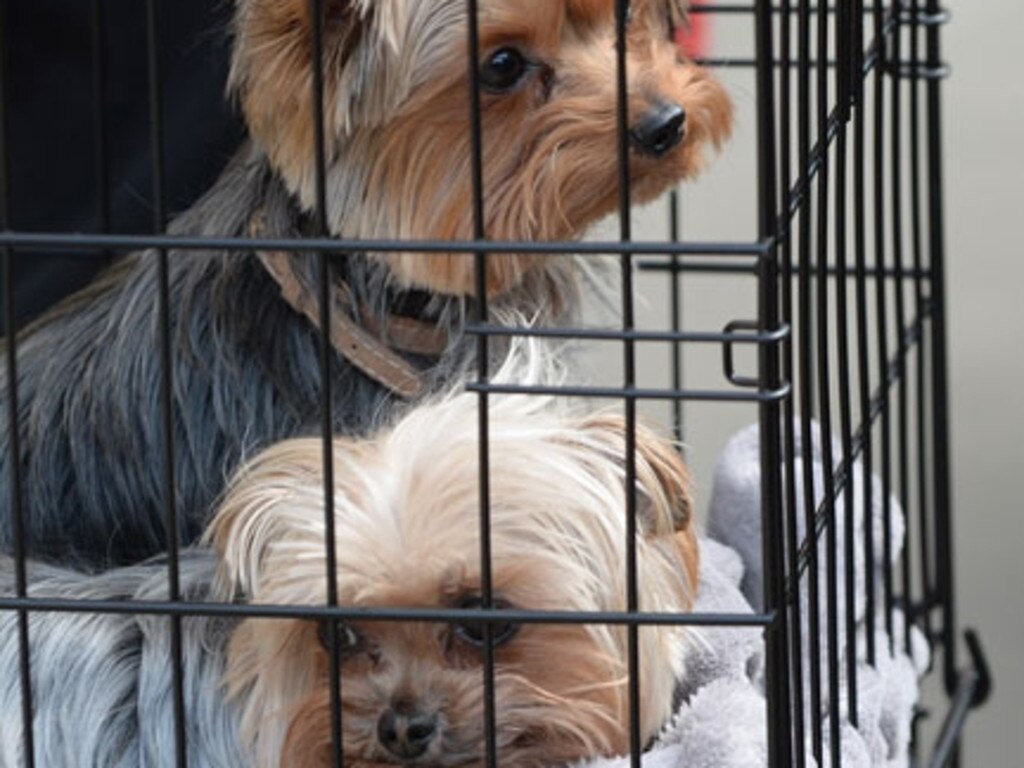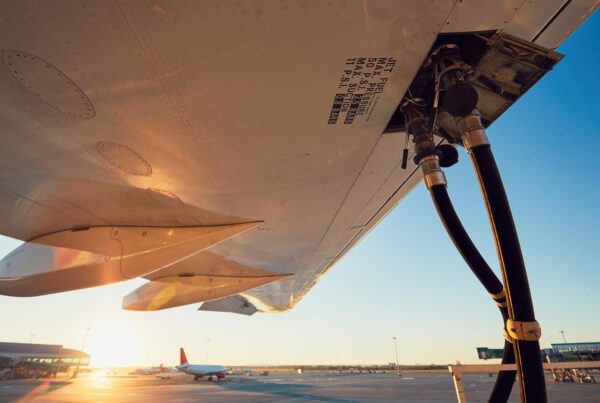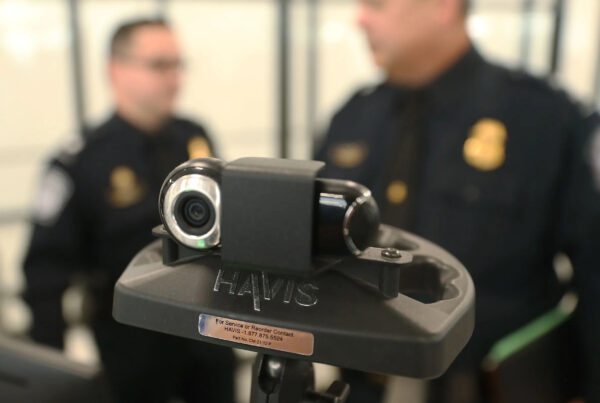Key Points
- New rules apply to carrying a dog into the US, effective August 1.
- These rules depend on where the dog has been in the past six months.
- If the dog has not been a high-risk country, there is only one form to fill out.
- If the dog has been in a high-risk country, it will only be allowed to enter if vaccinated.
- Dogs vaccinated outside of the US will also need a rabies test beforehand.
How do the new rules work?
On August 1 the rules for bringing a dog into the US from overseas changed.
Essentially the new requirements depend on where the dog has been in the preceding six months, and whether it has been vaccinated against nasties like rabies.
These may now come as a surprise to some owners who have been travelling with their pets regularly.
As the penalty for not doing having the right paperwork is as high as $250,000 USD and a year in prison per dog, it’s important operators check everything is in place before wheels up – and not on arrival.
Introducing Peggy – OPSGROUP’s unofficial mascot for this article. Peggy was recently in a major Hollywood motion picture. Here’s what her owners would face if they wanted her to re-enter the country by air.

Disclaimer: in no way is Peggy (unofficially the world’s ugliest dog) affiliated with OPSGROUP, although we wish she was.
Scenario #1 – Peggy has only been in a rabies-free, or low-risk country:
Check this list. If the dog hasn’t been in one of these countries in the past six months, the owner only needs to fill out a CDC Dog Import Form.
This can be completed as late as the day of travel, but CDC recommends doing it at least a few days in advance.
Once you receive a receipt, it will be valid for six months and can be used as many times as you like provided that the dog hasn’t been to a high-risk country since it was issued.
It’s free, but one must be completed per pooch. No group concessions here! The owner must then show the receipt on paper or via their phone to US customs and air carrier.
A few other things the dog will need:
- It must be healthy on arrival.
- At least six months old (no puppers).
- It must be microchipped.
Scenario #2 – Peggy has been in in a high-risk country but is vaccinated:
Note that the list includes several countries from the Middle East, South America, Asia and Africa.
In addition to the Dog Import Form and microchip above, the owner will also need something called A Certification of US-issued Rabies Vaccination form. These need to be filled out by a veterinarian accredited by the US Dept. Of Agriculture and endorsed by the USDA.
If Peggy was vaccinated outside of the US, things start to get more complicated. In addition to the Dog Import Form, it will also need:
- A Certification of Foreign Rabies Vaccination and Microchip. This must be filled out by the owner’s vet and endorsed by an official government veterinarian.
- A valid rabies test from a CDC-approved lab.
- A reservation for Peggy at a CDC-registered kennel for up to 28 days.
Scenario 3 – Peggy has been in a high-risk country and isn’t vaccinated:
Peggy will not be allowed to enter the US! Nor will any other dog that falls under this category.
Rules for Air Operators
In addition to the above requirements, there are new procedures for air operators too.
From August 1, operators need to create something called an air waybill (AWB) for each dog they transport to the US. This is a document that accompanies goods shipped internationally by air. It is essentially a receipt of goods for the operator, and a contract of carriage between you and the dog’s owner.
The good news is that you can request a waiver to this requirement by emailing cdcanimalimports@cdc.gov and asking for one.
They’ll get back to you within one working day with a waiver valid for 90 days. You can only do this once though, and beyond that you will need a full AWB to carry the animal on future flights.
Beware the saga of Pistol and Boo
Whether it be in the US or abroad, customs officials take non-declarations of animals extremely seriously and the penalties can extend to the air operators carrying them.
While our clientele may like to take their family pet with them on business or vacation aboard private aircraft, they need to be aware of their obligations and meet them – as is often the case for pets carried between Europe and the US.
In other words, don’t be like Johnny.
Back in 2015 a high-profile celebrity, Johnny, carried his Yorkshire terriers, Pistol and Boo, illegally into Australia on his private jet. He did so knowingly but (in his words) under the belief that his staff had completed the necessary paperwork – they hadn’t.

Pistol and Boo, who became embroiled in an international controversy back in 2015 after travelling on a private jet.
He and his partner potentially faced several charges including perjury. Pistol and Boo also faced being put down. The case became went infamously public, and even involved the Australian Prime Minister before most charges were dropped.
The moral of the story is what may seem like an oversight to some, are taken extremely seriously by authorities – the US included. The passengers we carry may not always realize that to the extent that they perhaps should.
More Questions?
Check the new requirements on the CDC website here, and if you have any really specific questions your best bet is to get in touch with the CDC directly on (800) 232-4636.
More on the topic:
- More: Going Viral: The non-Covid nasties to watch out for
- More: US no longer limiting international arrivals to 15 airports
More reading:
- Latest: Venezuela & Caribbean Airspace Update
- Latest: ReFuelEU: Europe’s new anti-tankering rules explained
- Latest: US CBP biometrics: BizAv rollout still unclear
- Safe Airspace: Risk Database
- Weekly Ops Bulletin: Subscribe
- Membership plans: Why join OPSGROUP?











 Get the famous weekly
Get the famous weekly 





